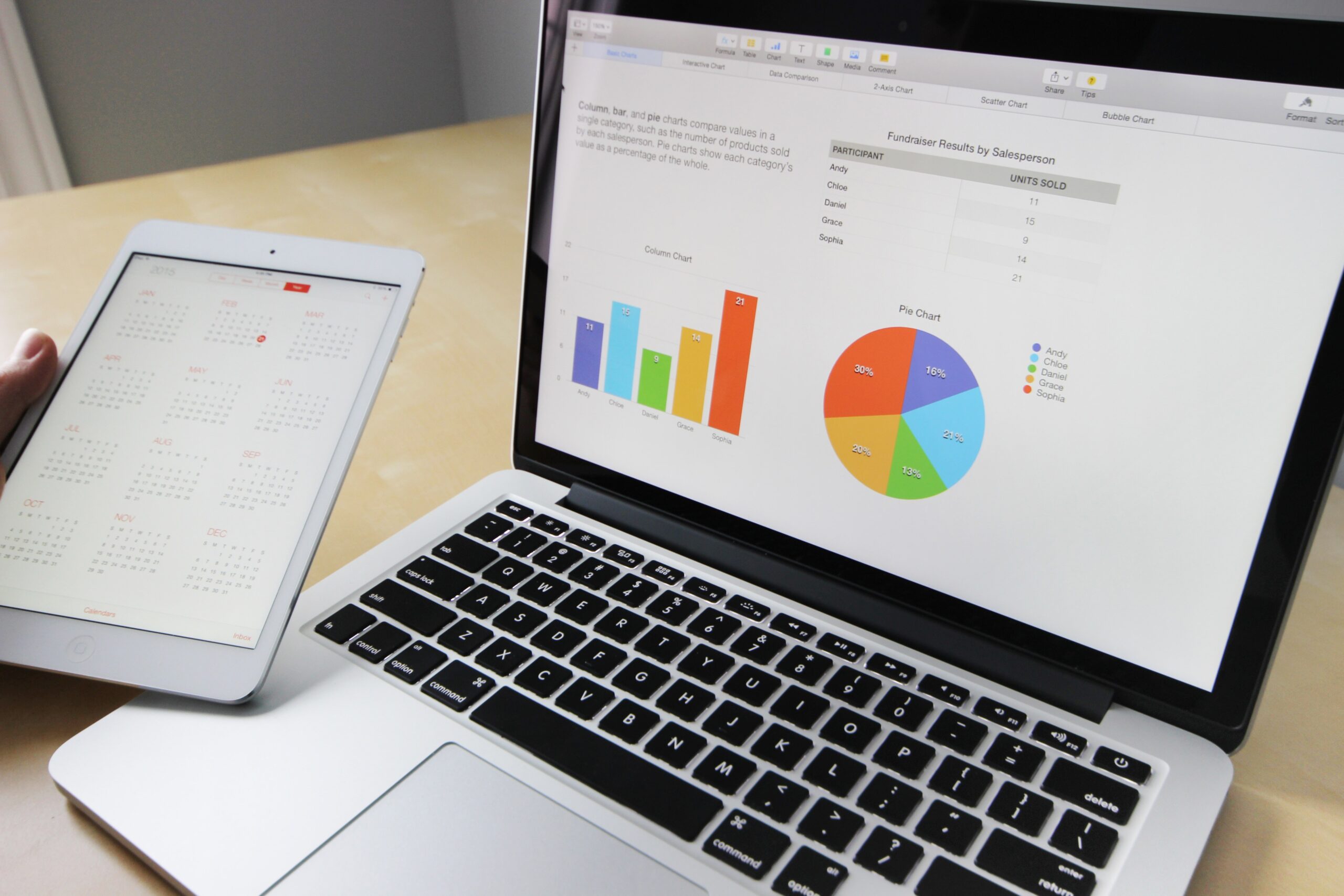B2B companies must embrace omnichannel sales. Here’s how to make it happen.
It’s clear omnichannel B2B commerce needs to become faster and smoother for business buyers. The speed and convenience of consumer commerce have reshaped expectations, thanks to almost blanket smartphone ownership, slicker digital customer experiences and lightning-fast purchases and deliveries.
Now, as more millennial leaders take up influential buying roles in businesses, the traditionally complex B2B buying cycle may soon become obsolete.
What is Omnichannel B2B Commerce?
Omnichannel B2B commerce centers on providing a consistent approach to customer experience, sales, checkout and service spanning your physical and digital channels.
Today, many business customers want to lead the process to research, discover, buy, track and accept delivery of goods and services. Often, this process leaves out sales reps entirely and it is not a simple A to B journey. Analysts call this the consumerization of the B2B buying experience. (McKinsey)
Why is Omnichannel B2B Commerce Important?
The omnichannel trend matters because the B2B ecommerce market will have an estimated value of $20.9 trillion by 2027. And already the average B2B buyer uses six different channels, as they move along their buying journey (McKinsey). This makes customer experience matter just as much as the product or service you provide.
3 Tips for Making Omnichannel B2B Commerce Real
Follow these tips to make omnichannel B2B commerce real in 2021 and beyond:
1. Sell and Serve with Consistency
Ensure every channel captures useful B2B buyer data, such as past purchasing behaviors and pending purchases. This can improve experiences across every touchpoint. For example, sales reps should have swift access to the customer data they need to understand their personal customers’ online purchase history and preferences.
2. Help Customers at Points of Need
Take the example of a logistics manager being out in the field sourcing replacement parts for trucks. A mobile app with visual search could let them photograph the part. A progressive web app could help them order that part on the go. Meanwhile, customers who prefer to work with salespeople to configure complex equipment may value a VR tool that lets them configure and visualize tools remotely. If a customer finds a part with an app in the field. That part should be featured when they log into their account later using their laptop.
3. Unify Payments Across Channels
Offer the payment methods that are best for business buyers, such as bank transfers, direct debits, and cards. Choosing an API-enabled solution that lets you integrate preferred B2B payment solutions across every commerce-enabled customer touchpoint. Payment methods like bank transfers can not only add convenience for buyers, they can increase profitability for B2B sellers.
Step Up To The Omnichannel Opportunity
Companies that can meet B2B buyers’ expectations using approaches like this will shine in the omnichannel arena in the decade ahead.
Learn How Rapyd API-Powered B2B Payment and Payout Solutions Make Omnichannel B2B a Reality
Subscribe Via Email
Thank You!
You’ve Been Subscribed.



